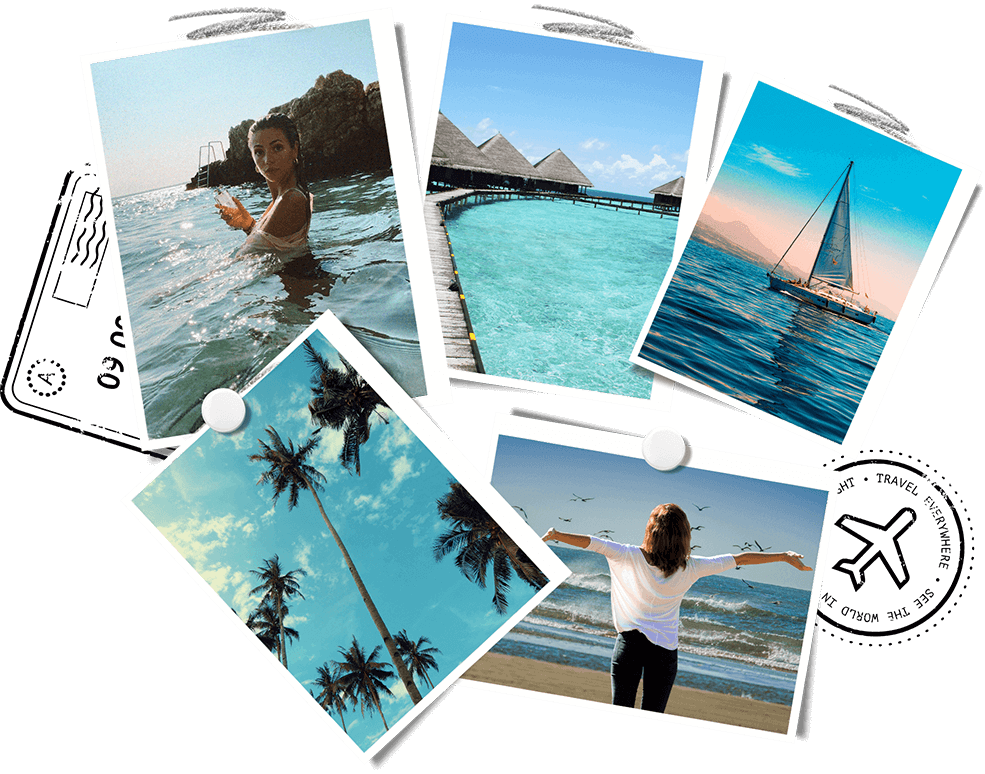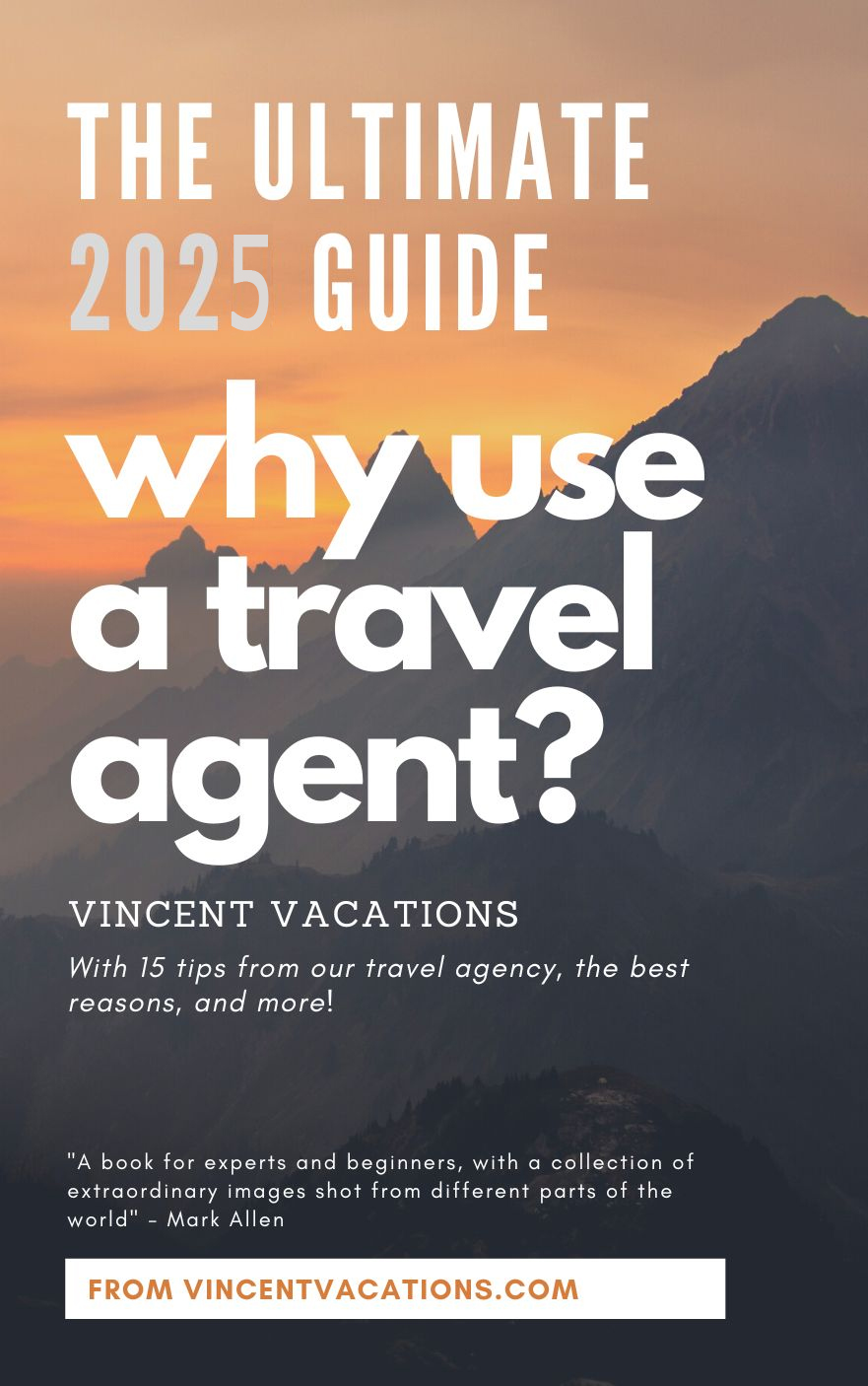Stop overpaying. Use our search tool to reveal unpublished fares and bonus onboard credit.
We recognize that Hawaii vacations are not just an investment, but often the highlights of our lives, and we take that responsibility seriously. We want to ensure you have the best vacation experience. Interested in a job in travel? Click here to learn: How to Become a Hawaii Travel Agent
Hawaii, known for its stunning beaches and vibrant tropical climate, is a paradise for sun-seekers. However, the intense Hawaiian sun can be unforgiving, making sun protection an essential part of your beach routine. In this guide, we will delve into the best practices and products to help you enjoy the sun while safeguarding your skin and the environment.
Understanding the Importance of Sun Protection
The Hawaiian sun poses unique risks due to the islands' proximity to the equator and the reflective nature of the ocean and sand. Sunburns are not just painful but also increase the risk of skin cancer and premature aging. Moreover, protecting your skin is crucial for maintaining overall health and well-being during your Hawaiian adventure.
The Environmental Impact
Chemicals like oxybenzone and octinoxate, commonly found in traditional sunscreens, have been linked to coral bleaching and damage to marine ecosystems. Hawaii has taken a significant step by banning the sale of sunscreens containing these harmful chemicals since January 1, 2021. This move underscores the importance of choosing reef-safe sunscreens to protect both your skin and Hawaii's delicate coral reefs.
Choosing the Right Sunscreen
When selecting a sunscreen, look for products that use natural minerals such as zinc oxide or titanium dioxide. These mineral sunscreens create a physical barrier between your skin and the sun, providing broad-spectrum protection without the harmful chemicals found in chemical sunscreens. Opt for non-nano and paraben-free options to ensure both skin safety and environmental protection.
Best Practices for Sunscreen Application
To maximize sun protection, apply your sunscreen 15 minutes before heading out into the sun. Reapply every two hours or immediately after swimming or towel-drying. Make sure to cover all exposed skin, including often-forgotten areas like the ears, neck, and scalp. The Skin Cancer Foundation recommends using sunscreens with an SPF of 30 or higher for extended outdoor activities.
Additional Sun Protection Strategies
Beyond sunscreen, there are several other ways to protect yourself from the sun. Wearing UPF protective clothing, including long sleeves, hats, and UV rashguards, can provide an effective barrier against UV rays. Seeking shade, especially during peak sun hours, can also significantly reduce your exposure. Staying hydrated is crucial for maintaining healthy skin and overall well-being.
A Commitment to Sustainability
With the right knowledge and tools, you can enjoy the Hawaiian sun while protecting your skin and the environment. Whether you're a seasoned beachgoer or a first-time visitor, this guide will help you make informed choices for a sun-safe and sustainable Hawaiian adventure.

Hawaii's proximity to the equator and its tropical climate make it a hotspot for intense sun exposure. The sun's rays are particularly strong here due to the reflective nature of the ocean and sand, which can amplify UV radiation. This unique environment increases the risk of sunburn, even on cloudy days or during early morning and late afternoon hours when the sun might seem less intense.
Sunburns are more than just painful; they also have serious long-term consequences. Prolonged exposure to UV radiation can lead to skin cancer, premature aging, and other skin-related issues. Each instance of sunburn increases the risk of developing melanoma and other forms of skin cancer. Additionally, sun damage can result in wrinkles, age spots, and a loss of skin elasticity, affecting both your health and appearance.
Skin damage from the sun is cumulative, meaning that each burn adds to the total damage over time. Protecting your skin from the sun is essential not only for immediate comfort but also for long-term health and well-being.
Environmental Impact
The consequences of sun exposure extend beyond human health; they also affect Hawaii's delicate marine ecosystems. Chemicals like oxybenzone and octinoxate, found in some sunscreens, have been linked to coral bleaching and damage to marine life. Hawaii has banned the sale of sunscreens containing these chemicals since January 1, 2021, to protect its coral reefs and marine environments.
By choosing reef-safe sunscreens and adopting other sun protection strategies, you can enjoy the Hawaiian sun while contributing to the preservation of the islands' beautiful and fragile ecosystems.

Mineral-based sunscreens are the only type allowed for sale or use in Maui County, highlighting their safety and effectiveness for both human skin and marine environments.
| Brand | Product | Key Ingredients |
|---|---|---|
| Kokua Sun Care | Hawaiian SPF 50 Natural Zinc Sunscreen | Zinc Oxide |
| Mama Kuleana | Waterproof SPF 30 Reef-safe Sunscreen | Zinc Oxide |
| Manda Organic | SPF 50 Sun Paste | Zinc Oxide |
| Thinksport | SPF 50 Sunscreen | Zinc Oxide |

To ensure maximum protection, apply your sunscreen 15 minutes before heading out into the sun. This allows the ingredients to bind to your skin effectively, providing a strong barrier against UV rays. Even if you're planning a short trip to the beach, this pre-exposure application is crucial for preventing sunburn and skin damage.
Reapplying sunscreen is just as important as the initial application. You should reapply sunscreen every two hours or immediately after swimming or towel-drying. This frequency ensures that your skin remains protected throughout your outdoor activities. The Skin Cancer Foundation recommends using sunscreens with an SPF of 30 or higher for extended outdoor activities, and reapplying them as directed.
Make sure to cover every inch of exposed skin, as missed spots can lead to sunburn and other skin issues. Packing enough sunscreen for your trip and having it readily available can help you stay on track with reapplication.
When applying sunscreen, it's easy to overlook certain areas that are highly susceptible to sunburn. The ears, neck, and scalp are often forgotten but are critical to protect. Use a broad-spectrum sunscreen and apply it liberally to these areas. For the scalp, consider using a spray or stick sunscreen for easier application, especially if you have thinning hair or a bald spot.
Don't forget to apply sunscreen to the tops of your ears and the back of your neck, as these areas can quickly become sunburned and painful.
| Action | Timing | Notes |
|---|---|---|
| Initial Application | 15 minutes before sun exposure | Cover all exposed skin |
| Reapplication | Every 2 hours or after swimming/towel-drying | Use SPF 30 or higher |
| Special Areas | Ears, Neck, Scalp | Use broad-spectrum sunscreen; consider spray or stick for scalp |
By following these best practices, you can ensure comprehensive sun protection and enjoy your time at the beach without the risk of sunburn or long-term skin damage.

To minimize sun exposure, it is advisable to avoid spending time outdoors during peak sun hours, typically between 10 AM and 4 PM. During this period, the sun's rays are the strongest, increasing the risk of sunburn and skin damage. If possible, plan your outdoor activities for early morning or late afternoon when the sun is less intense.
Wearing clothing with a high Ultraviolet Protection Factor (UPF) is an effective way to protect your skin from the sun. UPF-rated clothing, such as rash guards and long-sleeved shirts, can block up to 99% of UV radiation. Darker-colored clothing with a tighter weave provides better protection than lighter-colored or loose-weave fabrics.
| Feature | Benefit |
|---|---|
| UPF Rating | Blocks up to 99% of UV radiation |
| Darker Colors | Provides better protection than lighter colors |
| Tighter Weave | Prevents UV radiation from passing through small holes in fabric |
Even when wet, UPF-rated clothing continues to offer significant protection, making it ideal for water activities.
Seeking shade is another effective strategy for reducing sun exposure. Natural shade from trees, umbrellas, or canopies can provide immediate relief from the sun. For portable options, consider bringing a beach tent or a sun shelter. These can be set up easily on the beach and offer a cool, shaded area to relax.
Portable sun shelters are lightweight and compact, making them easy to carry to your favorite beach spots.
Staying hydrated is crucial for maintaining healthy skin, especially when spending time in the sun. Drinking plenty of water helps to keep your skin hydrated and resilient against sun damage. Dehydration can exacerbate sunburn and other skin issues, so it's important to drink water regularly throughout the day.
By combining these additional sun protection strategies with the use of reef-safe sunscreens, you can enjoy your time in Hawaii while safeguarding your skin and the environment.

When it comes to protecting children's skin from the sun, it's crucial to choose reef-safe sunscreens that are both effective and gentle. Look for sunscreens containing natural minerals like zinc oxide or titanium dioxide, which are labeled as non-nano and paraben-free. These ingredients provide broad-spectrum protection without the harmful chemicals that can damage coral reefs and irritate young skin.
Applying sunscreen to children can sometimes be a challenge, but using easy-to-apply options like sticks and sprays can make the process much simpler. Sunscreen sticks are great for quick applications to small areas like the face, ears, and hands, while sprays can cover larger areas more quickly. However, always ensure that sprays are applied in a well-ventilated area and avoid inhaling the mist.
Sunscreen sticks and sprays are particularly useful for active children who may not sit still long enough for a traditional lotion application.
Children often have sensitive skin, so it's important to choose sunscreens with textures and scents that they will tolerate. Opt for sunscreens that are fragrance-free or have mild, child-friendly scents. Additionally, look for sunscreens with smooth, non-greasy textures that won't irritate their skin.
| Feature | Benefit |
|---|---|
| Fragrance-Free or Mild Scents | Less likely to irritate sensitive skin |
| Smooth, Non-Greasy Textures | Comfortable and easy to apply |
| Non-Nano and Paraben-Free | Gentle on young skin and environmentally friendly |
By selecting sunscreens that are both effective and child-friendly, you can ensure your little ones stay protected and happy while enjoying the sun in Hawaii.
Remember, sun protection for children is a combination of the right sunscreen, easy application methods, and comfortable textures and scents.

When looking for sunscreens that are both effective and eco-friendly, considering local Hawaiian brands can be a great option. Brands like Kokua Sun Care and Mama Kuleana are well-known for their commitment to creating reef-safe sunscreens that are made with natural ingredients and are gentle on the skin.
Mama Kuleana's Waterproof SPF 30 Reef-safe Sunscreen is another excellent choice, featuring zinc oxide as its active ingredient and ensuring broad-spectrum protection without harmful chemicals.
Eco-friendly packaging is a crucial aspect of choosing a sustainable sunscreen. Look for brands that use biodegradable and recyclable materials for their packaging. Local Hawaiian brands often prioritize environmental sustainability, using natural oils and extracts like coconut oil and shea butter in their formulations.
| Feature | Benefit |
|---|---|
| Biodegradable Packaging | Reduces plastic waste and environmental impact |
| Natural Oils and Extracts | Gentle on skin and environmentally friendly |
| Non-Nano and Paraben-Free | Safer for skin and marine ecosystems |
By choosing sunscreens with eco-friendly packaging and ingredients, you are not only protecting your skin but also contributing to the preservation of Hawaii's delicate marine ecosystems.
Supporting local Hawaiian brands that prioritize eco-friendliness ensures you get high-quality sun protection while aligning with sustainable practices.

Protecting your skin from the sun in Hawaii is a multifaceted approach that involves the right sunscreen, timely application, and additional protective measures. By choosing reef-safe sunscreens containing natural minerals like zinc oxide or titanium dioxide, you not only safeguard your skin but also contribute to the preservation of Hawaii’s coral reefs and marine ecosystems.
Hawaii’s unique environment demands special attention to sun protection. By being mindful of peak sun hours, reapplying sunscreen regularly, and using eco-friendly products, you can have a safe and enjoyable experience in the Aloha State.
| Practice | Benefit |
|---|---|
| Use Reef-Safe Sunscreens | Protects skin and coral reefs |
| Wear UPF-Rated Clothing | Provides additional skin protection |
| Seek Shade and Stay Hydrated | Reduces overall sun exposure and supports skin health |
By following these guidelines, you can ensure a fun and safe Hawaiian adventure that respects both your health and the environment.
In Hawaii, sun protection is a blend of responsible sunscreen use, smart clothing choices, and mindful behavior. Embrace these practices to make the most of your time in this tropical paradise.
Vincent Vacations - Authorized Hawaii Sun Protection Guide Avoiding Burns At The Beach Vacation Planner
Questions? Call us at
1 (888) 883-0460
Contact us for the latest Hawaii Sun Protection Guide Avoiding Burns At The Beach deals.
For Groups of 10
or more rooms, or 8 or more Cabins, please use of Group Form
Click Here for our Group Department
Click on a location below to learn more. We recognize that vacations are not just an investment, but often the highlights of our lives, and we take that responsibility seriously. We want to ensure you have the best experience.

All of these are signs that you are a great fit to become an independent travel agent, and turn your love of travel from passion into profit!
Learn MoreOur motto at Vincent Vacations is, we go so you know! We want to ensure you have the BEST experience, whether it's a river cruise, or a corporate group incentive trip, we want to ensure your vacation is a success.
We serve customers all across the USA
Debt free and in business since 2013. Vincent Vacations has agents in Dallas, Kansas City, Houston, Shreveport, Little Rock, Roswell, Oklahoma City and more locations.

Travel agents can help save time and stress by doing the research and handling all your bookings for you. An experience travel agent is best at finding great deals and packages, as well as providing you with helpful information and tips. They can also help you plan special activities and experiences that you may not have thought of on your own. All in all, using a travel agent can be a great way to make sure you get the most out of your trip.
In travel since 2002, and in business since 2013, our travel team serves clients all over the US! Planning a vacation away from home takes a great team. We have taken the time to build a team of dedicated, smart, hard-working personnel who are each committed to excellence and service. We work side-by-side, creating and ensuring INCREDIBLE vacation experiences for you and your group. Our store front in-office team, and our travel consultant independent contractors, work all around the US - we even have a travel agent who lives in Mexico!


In business since 2013, we are your #1 source for travel!
Free Cruise Package Quote